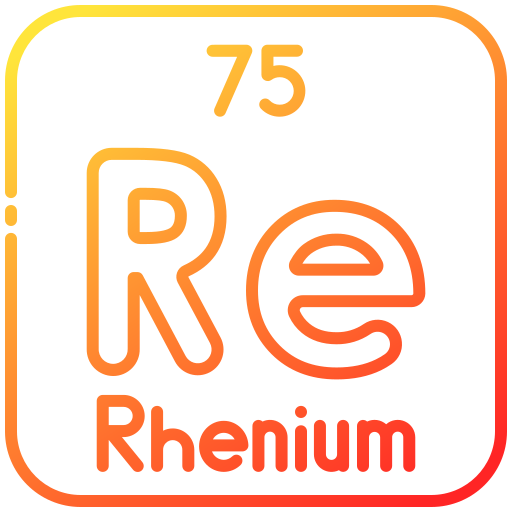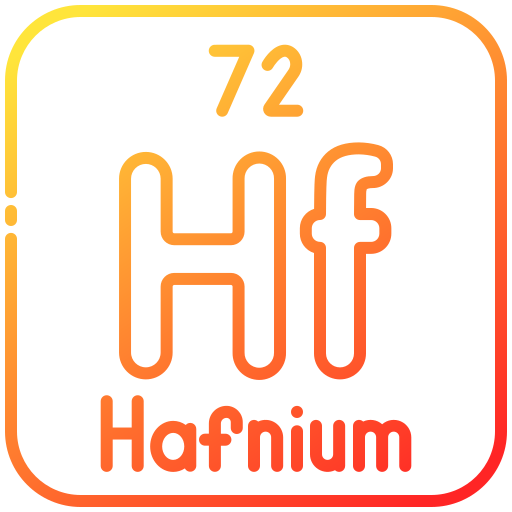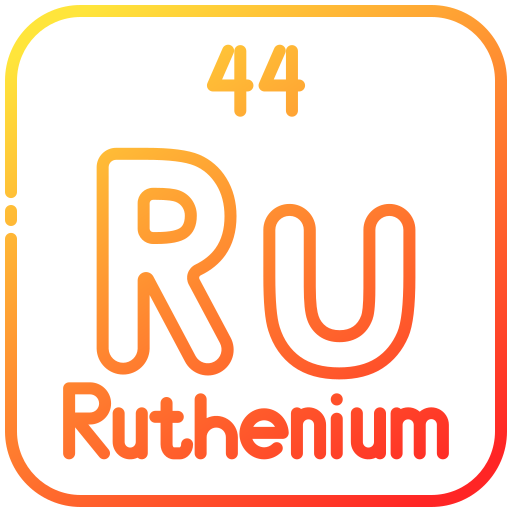KUZP: Expertise and Trust in Advanced Materials
KUZP supplies rare earth elements, refractory metals, deposition materials (sputtering target and evaporation materials), semi-metals, functional materials, and permanent magnets specifically developed for high-tech industries.
Our products, used in a wide range of fields from aerospace to medical, and electronics to semiconductors, meet the needs of research institutes and high-tech enterprises. We are committed to providing the highest quality materials by implementing the strictest quality control systems and creating the best value for our customers.
Our long-standing customer relationships prove KUZP's reliable position in the industry and our uncompromising approach to quality.
 |
Indium
Indium can be alloyed with many metals. Most of these alloys have a low melting point between 50 and 100 °C, especially with the metals bismuth, tin, cadmium, and lead. This results in possible applications, for example, in sprinkler systems, thermostats and fuses. Since usable lead is poisonous, indium acts as a harmless substitute. The purpose of these alloys is to melt at very high ambient temperatures caused by fire or high currents. The melt then breaks the circuit or triggers the sprinkler system. Indium-gallium alloys often have even lower melting points and are found in high-temperature thermometers. A special gallium-indium-tin alloy is Galinstan. It is liquid at room temperature and acts as a harmless substitute for mercury or sodium-potassium alloys.
Indium metal is extracted mainly from indium-containing zinc or tin ores and is purified to varying degrees using the most advanced statistical process-controlled purification technologies.
|
 |
Gallium
Gallium is a byproduct of aluminum extracted during the processing of bauxite into alumina. It can also occasionally be found in Zn ore.Alloys of gallium with other metals have a variety of uses. Magnetic materials are created by alloying with gadolinium, iron, yttrium, lithium, and magnesium. The vanadium alloy 3Ga in Composition V is a superconductor with a relatively high transition temperature of 16.8 K. In nuclear weapons, it is alloyed with plutonium to prevent phase changes. Many gallium alloys, such as Galinstan, are liquid at room temperature and can replace toxic mercury or very reactive sodium-potassium alloys.
|
 |
Germanium
Germanium is mined from germanium-containing zinc ores or some coal ores and collects flue dust after incineration. It can sometimes be found in copper ores.Germanium is used in the production of diodes and bipolar transistors, nutritional supplements, nuclear medicine and nuclear technology.
|
 |
Rhenium
The base material for the extraction of rhenium is molybdenum ores, especially molybdenum sheen. If these are roasted during molybdenum extraction, rhenium accumulates in fly ash as fly rhenium (VII) oxide.Rhenium is not usually used as an element, but is used as a mixture in numerous alloys. About 70% of rhenium is used as an additive in nickel superalloys. Addition of 4 to 6% rhenium improves creep and fatigue behavior at high temperatures. These alloys are used as turbine blades for aircraft engines.
|
 |
Hafnium
Hafnium is a good neutron absorber and is used to make control rods in nuclear power plants. It also has a very high melting point and is therefore used in plasma welding torches. Hafnium is alloyed with various metals, including iron, titanium, and niobium. Hafnium oxide has been used as an electrical insulator in microchips, while hafnium catalysts have been used in polymerization reactions.
|
 |
Ruthenium
Ruthenium is a metal with limited use. It is a very good catalyst. With this feature, it is the most privileged metal among the platinum group metals. Ruthenium catalysts have the potential to convert light energy into electrical energy. Alloys of ruthenium with platinum and palladium are used in the jewelry industry. It is preferred in alloys in jewelry due to its hardness. In addition, alloys have the property of making materials resistant. About 50 percent of ruthenium consumption is made in the electronics industry and 40 percent in the chemical industry. It forms alloys with platinum group metals such as iridium, palladium, platinum, osmium and rhodium.
|